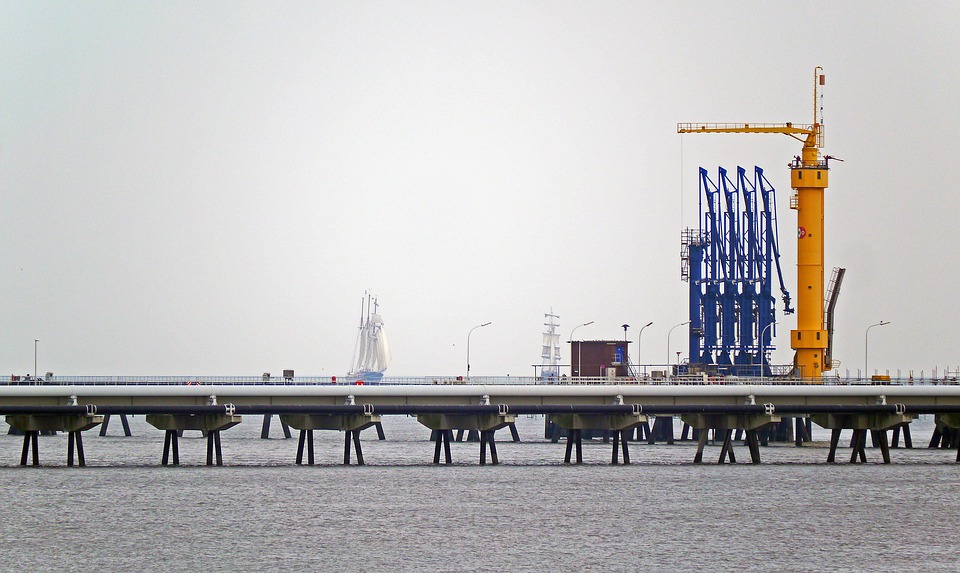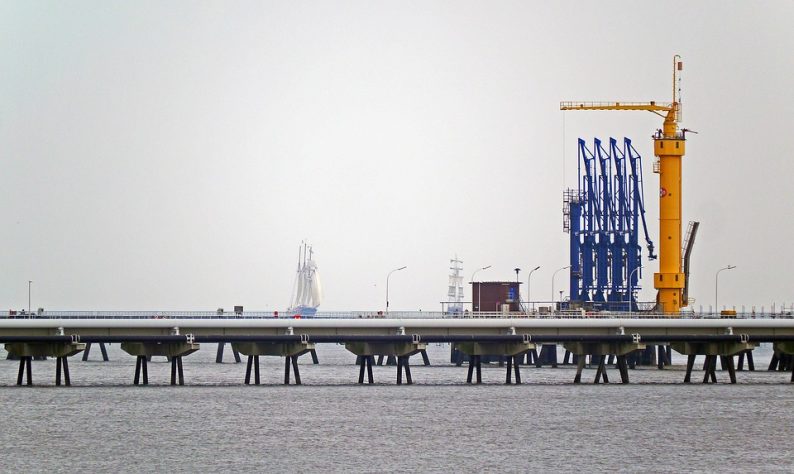Planes and cars and steel is one thing, but now it’s serious because we are talking soybeans. China decided to hit at the heart of U.S. China trade by taxing the beloved American soybean. The move was viewed by the market as the first real sign that the potential trade war is serious because China loves and need U.S. soybeans. Historically China introduced the U.S. to the soybean and we have been happy to sell them back to them.

China went to the trade war nuclear option, putting a 25% tariff on U.S. soybeans that they will at some point desperately need. The soybean tariff is really being seen as the most serious. U.S. relies on China to buy one-third of the U.S. crop. China will have to come to the U.S. regardless of tariffs and the word that China hits back in a futile and stupid gesture only helped spill the soybean and other global markets. Soybeans are one of the most underappreciated commodities, yet the reaction to today’s China tariff is rocking global markets. Heck, maybe we should base a cryptocurrency on soybeans as soybeans are amazingly valuable to many economies. While in the U.S. there will be time to pullback on tariffs it is unclear whether China tariffs will go into effect right away, but China says they are still open for U.S. trade talks.
Soybeans are used for almost everything, from feed to fuels, and the tariff sent shocks to the oil market that was trading higher before the soybean tariff and quickly reversed course. This comes after really a lot of supportive news on the oil fundamentals’ front. Despite the hope by OPEC skeptics, compliance to the OPEC/Non-OPEC deal has never been better. Reuters reported that OPEC’s production in the first three months of 2018 has fallen by 425,000 barrels per day (bpd) from its 2017 average, a company which tracks OPEC supply forecast on Tuesday, indicating strong compliance.
Reuters reported that supply from all 14 OPEC countries in the first three months of 2018 averaged 32.27 million bpd, tanker-tracking firm Petro-Logistics said in an email, down 425,000 bpd from OPEC’s average daily supply for 2017. “OPEC-14 supply in the first quarter of 2018 declined to the lowest quarterly level since the production curtailment agreement came into effect some fifteen months ago,” Petro-Logistics said. Petro-Logistics said that when compared with the same period last year, OPEC supply in the first quarter has fallen by 113,000 bpd.













Leave A Comment